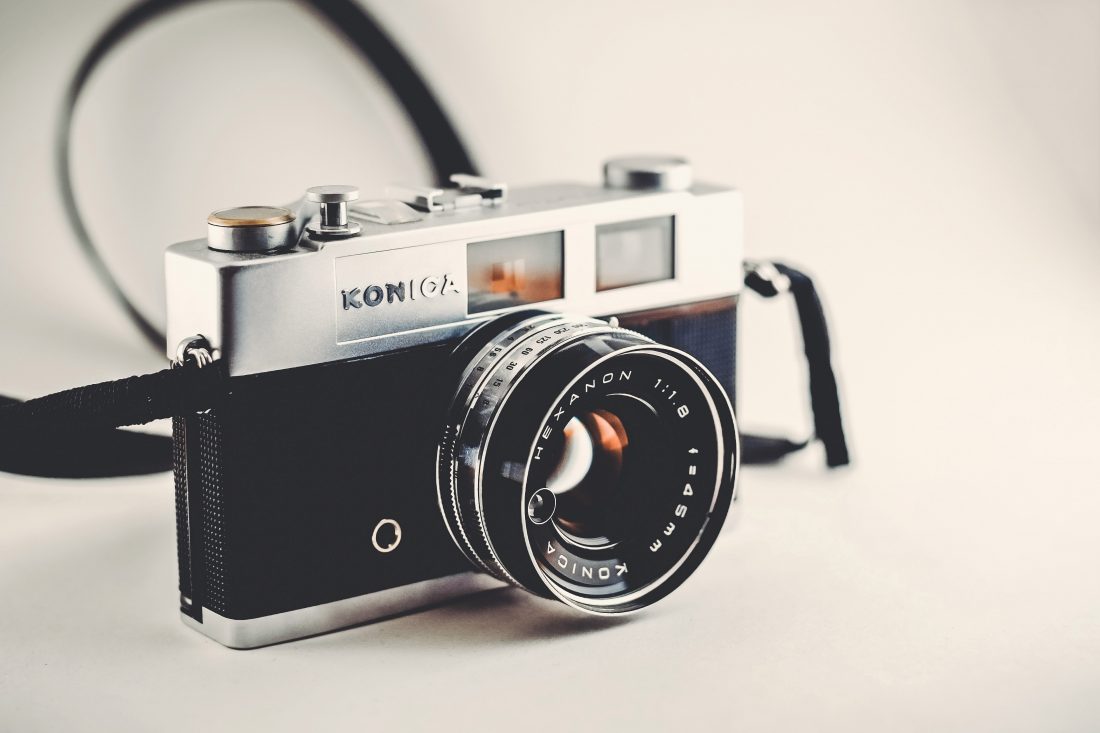
Kodak DC40 Digital Camera: An Introduction
The Kodak DC40 Digital Camera holds a significant place in the history of photography. Released in 1995, it was one of the early successes in the world of digital cameras. With its innovative features and impressive image quality for its time, the DC40 was a game-changer in the industry.
At the time of its release, the DC40 was priced at around $1,000, making it a high-end option for photography enthusiasts and professionals. This camera paved the way for future digital cameras by showcasing the possibilities of digital imaging.
Key Features
– **Resolution**: The DC40 boasted a 756 x 504-pixel resolution, which was quite impressive for its era. Although it may seem low by today’s standards, it was a significant improvement compared to other digital cameras available at the time.
– **Memory**: Equipped with a 2MB flash memory card, the DC40 allowed users to store up to 16 high-resolution images. This was revolutionary, as it eliminated the need for traditional film rolls and allowed for instant image review.
– **LCD Display**: The camera featured a 1.8-inch color LCD display, enabling users to preview captured images immediately. This feature was a breakthrough, as film cameras required separate film development to view the results.
– **Connectivity**: The DC40 came with a built-in serial port, allowing users to transfer images to a computer for editing and sharing. This connectivity option was a step towards the future, providing convenience and efficiency.
Impact and Legacy
The Kodak DC40 Digital Camera brought digital photography into the mainstream market. Although it faced some criticism for its relatively high price and limited resolution, it paved the way for future advancements in digital imaging technology.
This camera’s success led Kodak to continue investing in digital photography, eventually becoming a major player in the industry. The DC40’s impact on the market was undeniable, encouraging other manufacturers to develop their own digital camera offerings.
Despite its technological limitations compared to modern digital cameras, the DC40 remains an important piece of photographic history. It played a significant role in the evolution of digital photography, heralding a new era devoid of film rolls and darkrooms.
In conclusion, the Kodak DC40 Digital Camera was a trailblazer in the early days of digital photography. Its introduction marked a shift in the industry, promising a future where capturing, storing, and sharing images would become increasingly accessible. Although it may seem outdated by today’s standards, the DC40 holds a special place in the hearts of photography enthusiasts and serves as a testament to the rapid progress of technology in the field of photography.
